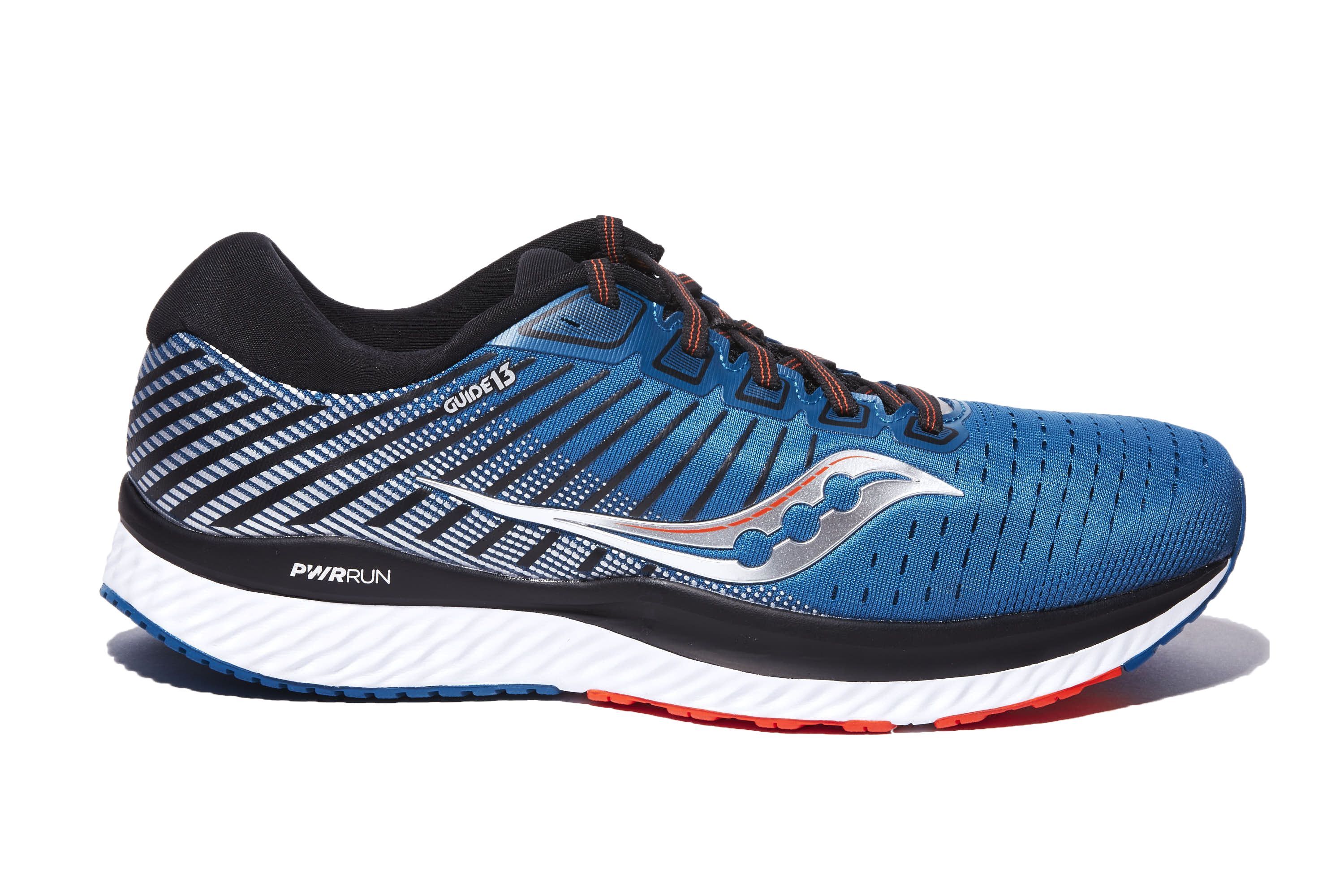

However, it’s important people ensure that there is adequate support for the feet, particularly in the arches, to reduce discomfort when running. These features help control overpronation and absorb shock impact, which can help protect against discomfort. People with flat feet may find running shoes that balance stability and cushioning the most comfortable. What kind of running shoes do people with flat feet need? Here we answer some common questions about these running shoes. In this way, they allow more room for the flat foot to move naturally, which may sometimes be key to avoiding pain and injury.įrequently asked questions about running shoes for flat feet Shoes with a straight last will have less of a curve on the sole. Straight lastĪ shoe’s last indicates the shape of the mold of the shoe itself. These shoes provide a more sturdy frame for the foot to reduce its overall movement. Motion control shoes may be more suitable for people who have feet that are very flat or heavily pronate while running. However, some people consider the support uncomfortable and find that it causes issues rather than solving them. Shoes with added or firm support may help compensate for the lack of arch in the foot or prevent injury while exercising. Shoes with extra stability may also help prevent the arch from collapsing. This means that their foot rolls inward more than the ideal amount as they run.

Stability helps people who overpronate, which is a symptom of irregular arch structure. Running shoes for flat feet typically have a few important features: Stability

What makes a running shoe good for people with flat feet?Ī person with flat feet should look for certain characteristics when choosing a running shoe.


 0 kommentar(er)
0 kommentar(er)
